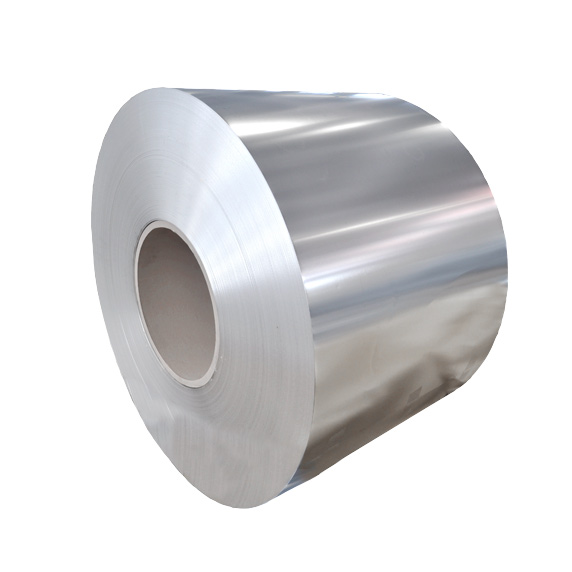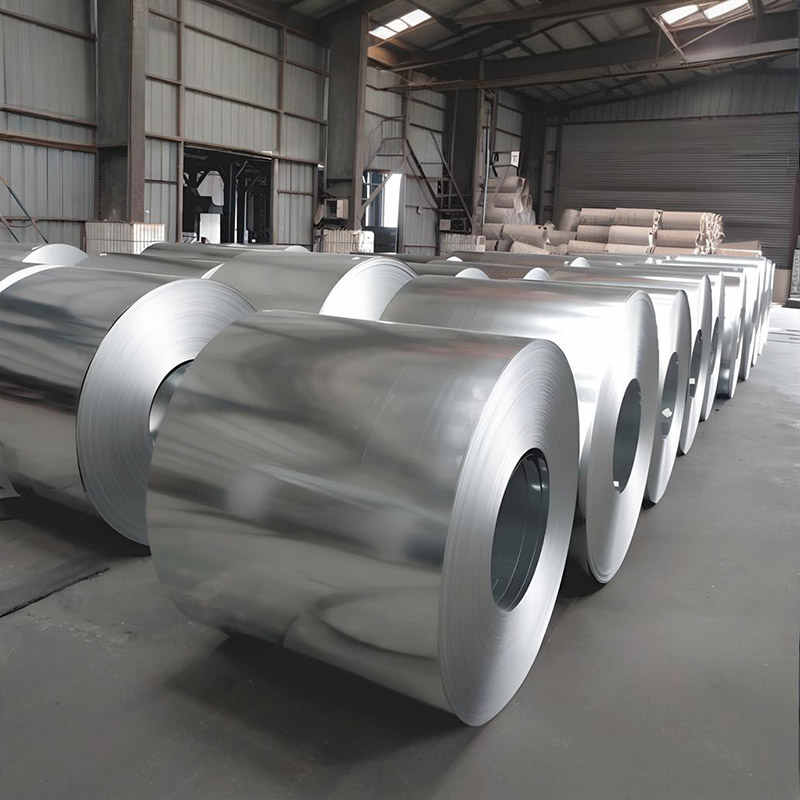What makes electrolytic tinned steel strip the preferred choice for manufacturers across various industries? In today’s competitive market, material selection plays a crucial role in product quality, cost efficiency, and environmental impact. Electrolytic tinned steel strip has emerged as a versatile solution that addresses multiple industry challenges.
Electrolytic tinned steel strip is produced through an electroplating process that deposits a precise layer of tin onto steel substrates. This method ensures uniform coating thickness and superior adhesion compared to traditional hot-dipped processes. But what specific advantages does this material offer to modern industries?
One of the primary benefits of electrolytic tinned steel strip is its outstanding corrosion resistance. The thin yet durable tin layer creates a protective barrier against rust and oxidation, extending the product’s lifespan in harsh environments. This characteristic makes it ideal for food packaging, where product preservation is paramount. The corrosion resistance also reduces the need for additional protective coatings, simplifying manufacturing processes.
How does material processing affect production efficiency? Electrolytic tinned steel strip excels in both welding and forming operations. The uniform tin layer ensures consistent weld quality while maintaining material integrity during deep drawing and complex forming processes. This dual advantage translates to reduced production waste and improved product reliability in automotive components and electronic housings.
In industries where appearance matters, electrolytic tinned steel strip delivers superior surface finish. The smooth, uniform surface provides excellent base for painting, printing, and laminating. This characteristic is particularly valuable in the packaging industry, where product aesthetics directly influence consumer purchasing decisions. The material’s ability to maintain crisp print quality even after forming processes adds significant value to branding efforts.
As industries increasingly focus on reducing environmental impact, electrolytic tinned steel strip offers compelling advantages. The electrolytic process uses less tin compared to hot-dipping methods, reducing material consumption. Additionally, steel is one of the most recycled materials globally, with recycling rates exceeding 90%. This combination of efficient production and high recyclability positions electrolytic tinned steel as an eco-friendly choice for environmentally conscious manufacturers.
From a business perspective, how does electrolytic tinned steel strip impact the bottom line? The material offers an excellent balance between performance and cost. Its versatility across multiple applications—from food cans to electrical components—allows manufacturers to standardize materials while meeting diverse product requirements. This versatility reduces inventory complexity and bulk purchasing opportunities, further enhancing cost efficiency.
The applications of electrolytic tinned steel strip continue to expand as industries discover its potential. Beyond traditional uses in packaging and appliances, emerging applications include renewable energy components and medical device housings. As manufacturing technologies advance, the material’s properties are being further optimized to meet evolving industry demands.
In conclusion, electrolytic tinned steel strip represents a material solution that combines performance, sustainability, and economic benefits. Its unique properties address critical challenges faced by modern manufacturers, making it an indispensable component in various industrial applications. As industries continue to innovate, this versatile material will undoubtedly play an increasingly vital role in shaping the products of tomorrow.



